It’s designed for how you live, not just for how it looks.
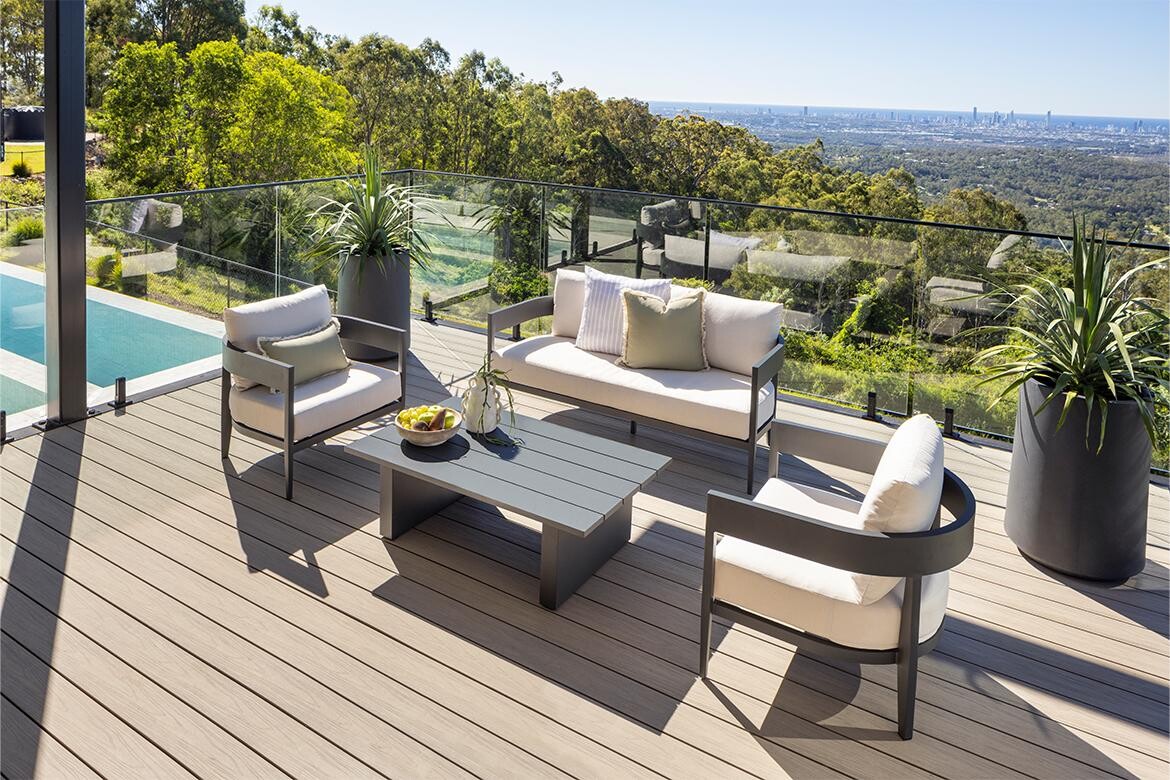
November 27th, 2025
Every home benefits from an outdoor space designed for comfort and use. In many cases, though, the design focuses on appearance rather than how the area is actually used.
This happens when layouts prioritise looks over how people naturally move through an area. To create a space that feels natural, design choices should follow comfort and function, not just style.
So, what makes an outdoor space feel thoughtfully designed?
A great outdoor area always starts with a clear idea of how it will be used. To plan it well, think about how the space fits into daily routines and the way it’s enjoyed most. This helps define whether it becomes a place for morning coffee, casual family meals, or relaxing evenings after a long day.
In smaller areas like balconies, stackable chairs and narrow tables make the most of limited floor space. For larger backyards, an outdoor dining area creates a dedicated spot for eating and entertaining. With thoughtful planning, the area feels lived in and natural instead of just arranged for looks.
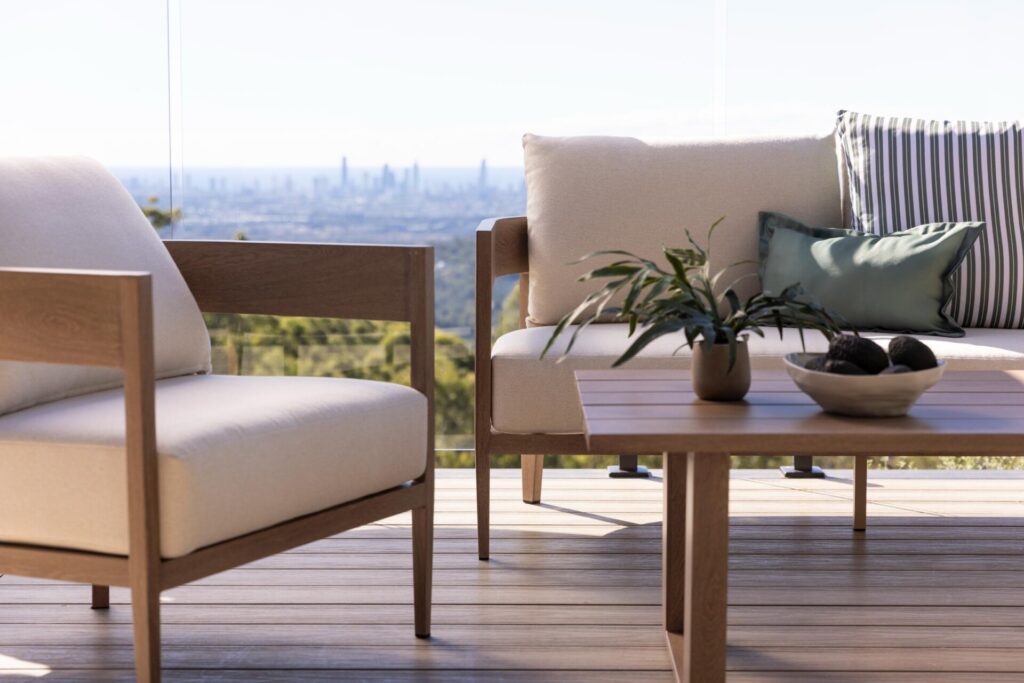
It’s easy to focus on how an outdoor area looks and forget how it feels. The main culprit? Outdoor furniture arranged without considering how people actually move, which can make even a stylish setup feel awkward.
This often shows up in the spacing. Chairs placed too close together are hard to navigate, while seating too far apart makes conversation difficult.
A simple solution is to arrange furniture around a central point, like a fire pit or coffee table, to anchor the space. This naturally encourages a comfortable flow for both movement and conversation, creating a layout that feels organised and comfortable, not cramped or scattered.
For an outdoor area to feel right, it needs to be both comfortable and tough. The comfort makes it enjoyable, while durable materials keep it looking great season after season.
When these two elements work together, they create a base for how the space comes together. Building on that foundation, an outdoor lounge works best when it feels naturally connected to the rest of the space. Place it where people already spend time, like near a doorway, under soft shade, or facing a view.
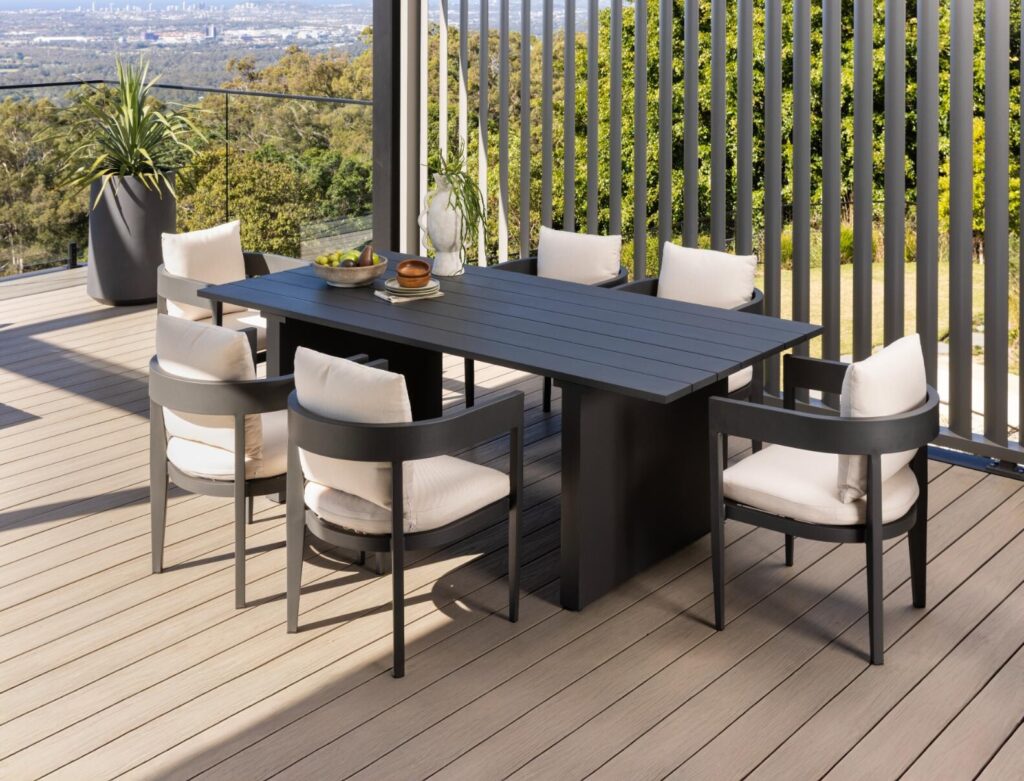
Without the right details, an outdoor space might be too hot during the day or unused once the sun goes down. Outdoor furniture accessories solve this by making the area practical and comfortable year-round.
Add an umbrella or gazebo for shade, a fire pit for warmth, and outdoor cushions to soften seating. Placing side tables near chairs makes the layout more functional, while covers protect furniture from the elements.
A great outdoor space supports the way people actually live. It blends practicality with comfort, so time outside is more enjoyable. To start, focus on lasting quality by choosing pieces built to last from a trusted outdoor furniture store like Amart Furniture. This approach saves time, avoids costly mismatches, and creates a foundation for a space that feels both beautiful and personal.
INDESIGN is on instagram
Follow @indesignlive
A searchable and comprehensive guide for specifying leading products and their suppliers
Keep up to date with the latest and greatest from our industry BFF's!
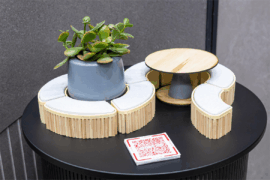
From the spark of an idea on the page to the launch of new pieces in a showroom is a journey every aspiring industrial and furnishing designer imagines making.
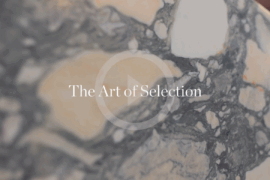
CDK Stone’s Natasha Stengos takes us through its Alexandria Selection Centre, where stone choice becomes a sensory experience – from curated spaces, crafted details and a colour-organised selection floor.
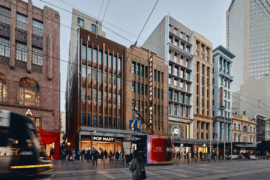
Merging two hotel identities in one landmark development, Hotel Indigo and Holiday Inn Little Collins capture the spirit of Melbourne through Buchan’s narrative-driven design – elevated by GROHE’s signature craftsmanship.

London-based design duo Raw Edges have joined forces with Established & Sons and Tongue & Groove to introduce Wall to Wall – a hand-stained, “living collection” that transforms parquet flooring into a canvas of colour, pattern, and possibility.

With the opening of the 2026 INDE.Awards program, now is the time to assess your projects, ensure photography is at hand and begin your submissions.

Your main seating can be a stylish centrepiece, not just a functional chair.
The internet never sleeps! Here's the stuff you might have missed
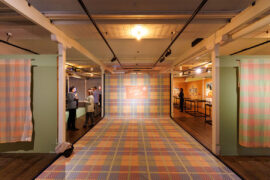
At the National Wool Museum, a new exhibition traces the evolution of Godfrey Hirst and its long-standing role in shaping Geelong’s industrial and design identity.
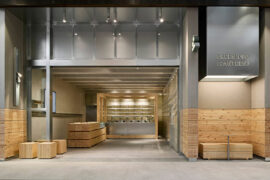
Hecker Guthrie brings a natural, material-led design to Green Cup’s new Chadstone store, pairing pine, steel and glass with a grab-and-go layout inspired by the brand’s fresh, organic ethos.
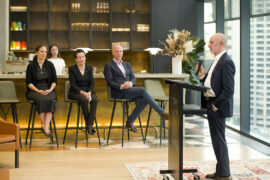
The eponymous practice founder reflects on four decades of work in a new book launched by Lord Mayor Clover Moore, tracing lessons from New York to Sydney and revisiting seminal works including 8 Chifley Square and the Andrew “Boy” Charlton Pool.

BLP’s new Sydney Children’s Hospital, Randwick building brings together paediatric care, family-centred design and Australia’s first Children’s Comprehensive Cancer Centre in a major addition to the Randwick Health & Innovation Precinct.